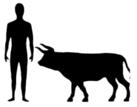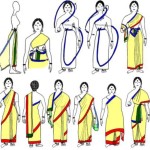“Indeed, it is ironical that many international and non-governmental organisations try to save crops that contain no more than 14 percent protein by killing another food source (insects) that may contain up to 75 percent high-quality protein.”
Julieta Ramos-Elorduy in “Ecological implications of minilivestock“, red. Maurizio Paoletti, 2005.
See also: “Edible forest insects: humans bite back!!” (.pdf 4MB), Patrick Durst, Dennis Johnson, Robin Leslie, Kenichi Shono, Food and Agricultural Organization of the United Nations (FAO), 2010. Summary at the edible forest insects FAO-website. Previously: mass insect-farming.






